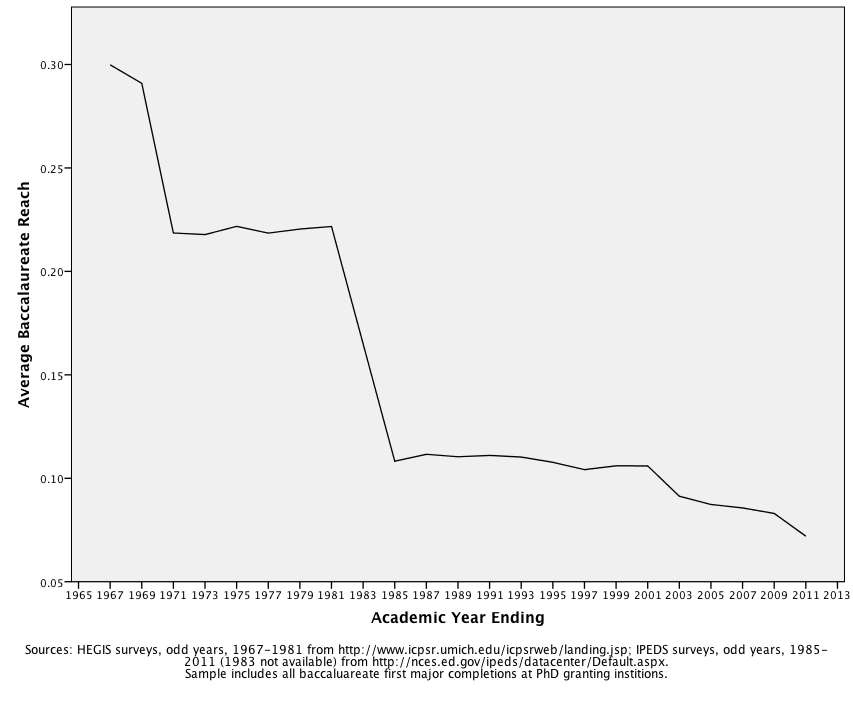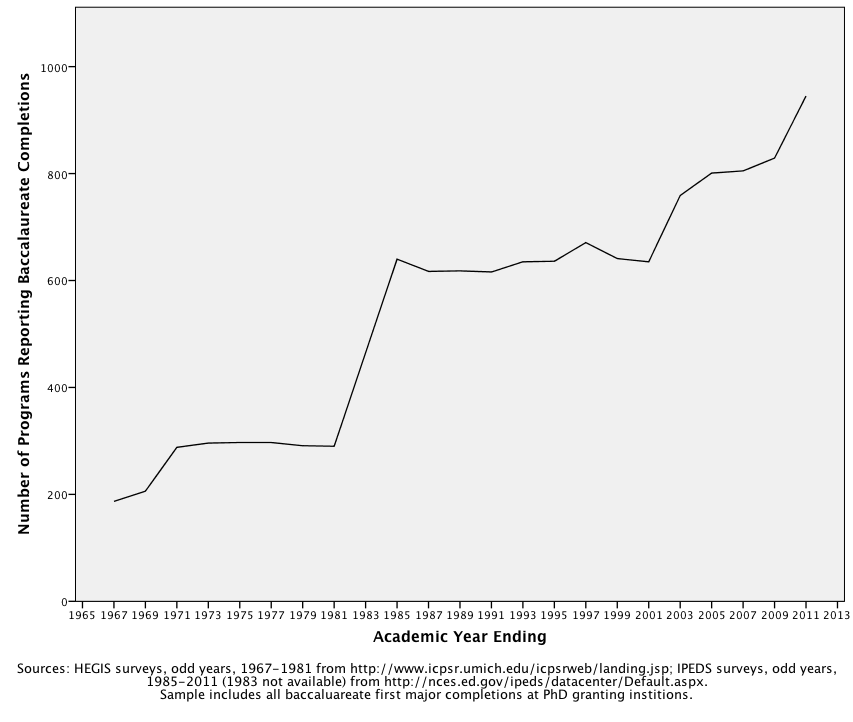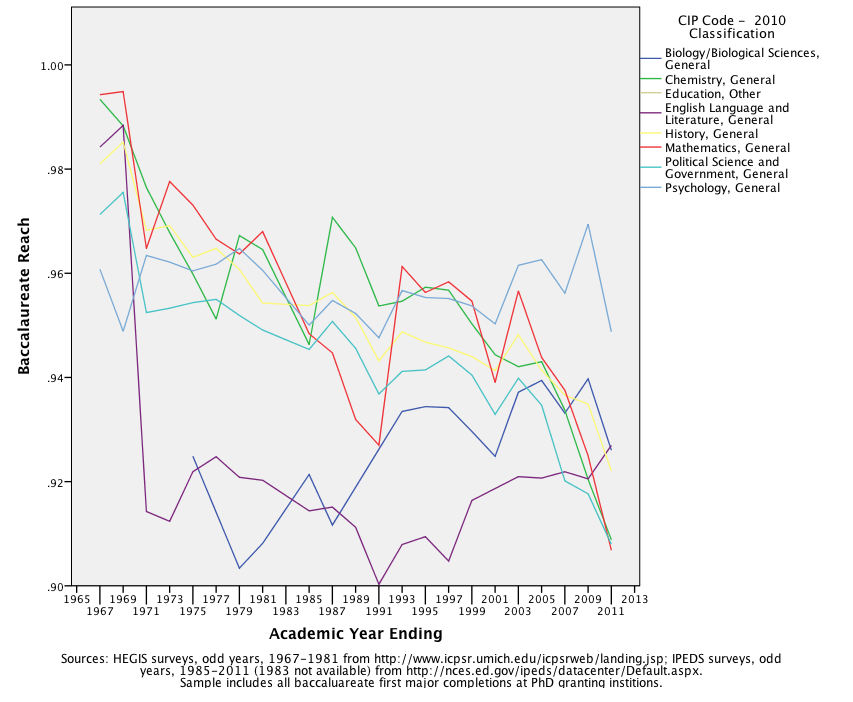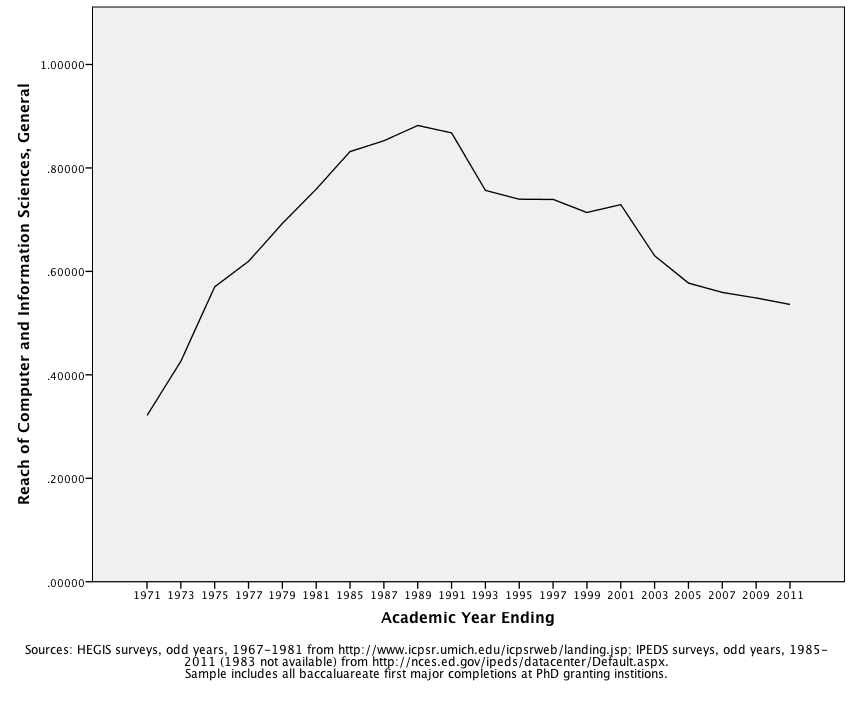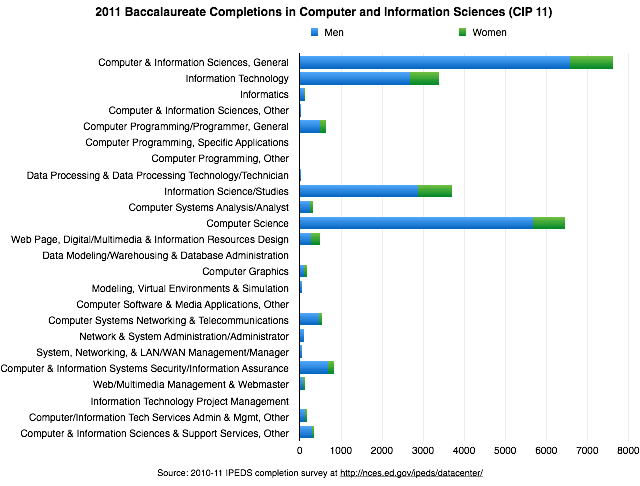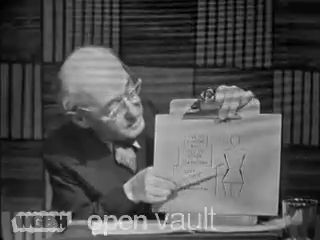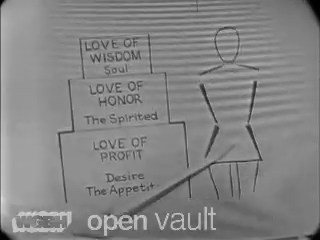From Academic Freedom to Organizational Democracy
In his July 2015 Inside Higher Ed column, Christopher Newfield usefully notes that faculty have lost the ability to see academic freedom as a public relations problem. In a follow-up post, he proposes that “organizational democracy” will allow us to solve this problem. We agree with both posts, although as usual a lot depends on what “organizational democracy” might mean.
The ongoing unpleasantness in Wisconsin and its potential national ramifications provide the occasion for Newfield’s intervention. Instead of construing Wisconsin as a reminder that professorial labor requires special protection, Newfield proposes that we strive to discuss the future of work in general. The demand for extraordinary privileges only really wins the day, he observes, when addressed to an audience already “inside the academic consensus that the pursuit of truth requires intellectual freedom and professional self-governance.” It is reasonable to expect that, lacking such protections in their own work lives, most people would find themselves outside that consensus and thus “wouldn’t immediately see why empowering chancellors will hurt teaching or slow the pace of discovery.”
In addition to claiming a unique ability to speak truth to power, faculty (not only at Wisconsin) also tell themselves that the market for professorial talent demands tenure. Universities must guarantee it in order to compete with other universities, or so the conventional wisdom goes. Newfield observes that the size of the reserve labor pool currently willing to work without tenure undermines this pitch. More importantly, the competitiveness meme does not meet the challenges of our moment. “The U.S. doesn’t have a competitiveness disadvantage,” he writes, “it has a collaborative disadvantage, and universities are needed more than ever to develop new kinds of collaborative capabilities.” Developing those capacities presents an organizational and media relations challenge worth embracing.
Doing so requires unlearning the special status argument, which as Newfield suggests goes back to the earliest twentieth-century steps to institutionalize the notion of academic freedom in the U.S. One of the AAUP’s most durable claims, he explains, constructs “academic freedom as the great exception to the autocratic managerialism of American business life.” The 1915 Declaration that announced the AAUP as academic freedom’s advocate-in-chief indeed sought to distinguish faculty appointment from the relation of a “private employer to his employees.”
It equally, and even more emphatically, addressed the threat from the “tyranny of public opinion”:
The tendency of modern democracy is for men to think alike, to feel alike, and to speak alike. Any departure from the conventional standards is apt to be regarded with suspicion. Public opinion is at once the chief safeguard of a democracy, and the chief menace to the real liberty of the individual…. An inviolable refuge from such tyranny should be found in the university. It should be an intellectual experiment station, where new ideas may germinate and where their fruit, though still distasteful to the community as a whole, may be allowed to ripen until finally, perchance, it may become a part of the accepted intellectual food of the nation or of the world.
At the core of the argument exempting faculty from the usual American work rules one finds a logic depicting the university an “inviolable refuge,” a redoubt shielded against groupthink, a bunker to protect the professors who would convince the nation to eat its fruits and vegetables. Selling the university was thus made congruent with selling potentially controversial (but good for you!) ideas. This was an explicitly elitist position in the professional mode: experts served a public that did not know its own best interest.
Once opened, such a logic of exception was renewed over the course of the twentieth century by august bodies including the US Supreme Court. In 1966, Justice Brennan declared in his majority opinion to Keyishian v Board of Regents that “our Nation is deeply committed to safeguarding academic freedom, which is of transcendent value to all of us and not merely to the teachers concerned.” As Marjorie Heins points out on the AAUP’s blog, however, this principle has met difficulty in practice, and the AAUP counsel’s guidance on “The Current Legal Landscape” asserts that “the scope of the First Amendment right of academic freedom for professors remains unclear.”
Uncertain as a legal right, tenure succeeded as institutional policy, but later in the history of American academia than faculty may think. Despite AAUP successes in the 1910s and 20s, tenure protections remained mostly informal and dependant on the will of senior administration for much of the century. When Rice University surveyed policies at seventy-eight universities in 1935, it found that fewer than half had formal rules about tenure protection. Tenure was not a standard and ubiquitous feature of American higher education before the 1970s, Caitlin Rosenthal recounts. There are, Rosenthal explains, competing stories about how this came about. Lost in the usual history of professorial advocacy, she argues, is the ready acceptance by administrators of the institutional competition idea, with tenure chalked up as one of the “practical exigencies of recruiting and maintaining excellent faculties” (16).
Before faculty could assume that a “tenure line” would mean pretty much the same thing at any institution that advertised one, a rationale in which academic freedom benefited not only the faculty and (ultimately) the public but also the university needed to be established. Consider the landmark case of University of Wisconsin Professor Richard T. Ely. As commentators on current events including William Bowen and Eugene Tobin observe, the 1894 Ely case made Wisconsin a central example in chapter one of the American history of academic freedom that Governor Walker and company now hope to revise. In a column for The Nation, Wisconsin’s superintendent of public instruction Oliver Wells alleged that Ely, Director of the School of Economics, “believes in strikes and boycotts, justifying and encouraging the one while practicing the other.” Wells concluded that such propagation of “utopian, impractical, or pernicious doctrines” made Ely unfit for employment as a Wisconsin professor. The Regents appointed a committee to investigate and serve judgment. They not only found Ely innocent of the charges leveled against him, but also took the opportunity to question whether such allegations should have mattered to the university in the first place. Professors should be free, the Regents declared, “to follow the indications of truth wherever they may lead.”
The Regents committee’s pronouncement, aka the Wisconsin Magna Carta, relied on the implication that such freedom would distinguish the state’s great university from other workplaces. “Whatever may be the limitations which trammel inquiry elsewhere,” the committee wrote, “we believe the great State University of Wisconsin should ever encourage that continual and fearless sifting and winnowing by which alone truth can be found.” This past June, UW-Madison Chancellor Blank used the remark to sum up her article “Why State Lawmakers Must Support Tenure at Public Universities”–preached to a choir of Chronicle of Higher Education readers.
Trumpeting Badger faculty freedoms looked less defensive in 1894, when, according to the State Journal, the Regents committee provided the university with a successful publicity coup. “Incidentally if not inadvertently the report contains a résumé of the good work done at the university ever since the civil war,” the paper noted. “This handsome advertisement has been telegraphed all over the country.”
Advertisement itself rapidly became a Wisconsin tradition. Early in the new century, recount the historians Merle Curti and Vernon Carstensen, administrators enlisted the English Department to write bulletins conveying to newspapers “in an attractive way, the story of discoveries, inventions, and innovations” across campus (II: 90). “The aggressive businessman does not wait for the consumer…to purchase his articles,” declared Wisconsin President Charles R. Van Hise in his 1904 inaugural address. “Are we going to be less aggressive in education than we are in business?” In 1917, Wisconsin joined Yale, California, and Indiana to be among the first members of the American Association of College News Bureaus. That membership grew to 75 schools by the late 1920s.
Meanwhile, at Wisconsin and elsewhere, the faculty’s promotional duties were handed off to public relations professionals. In his 1928 Propaganda, no less a figure than public relations pioneer Edward Bernays recognized universities as early adopters (140). “It may surprise and shock some people,” revealed a columnist in the magazine Personality, “to be told that the oldest and most dignified seats of learning in America now hire press agents, just as railroad companies, fraternal organizations, moving picture producers and political parties retain them. It is nevertheless a fact” (qtd. in Propaganda 142). Working with societies like the National Education Association, Bernays noted, universities not only used publicity to promote themselves and their professors but also to redress more general concerns, like the prestige of teachers. Thus the work of promoting the public value of the university, which justified academic freedom, passed to salaried professionals who could not earn that freedom. By definition, these professionals could not remain within an academic cloister that shielded them from tyrannical public opinion but needed, as Bernays put it, to “interpret the public for the client” in order to be able to “interpret the client to the public” (Crystalizing 14).
With accelerating fervor after the 1970s normalization of tenure (and job market collapse), postsecondary institutions turned to non-tenure track faculty to perform essential teaching functions, and academic freedom was also used to mark the difference between these instructors and their tenure track peers. As widely cited National Center for Education Statistics numbers show, by 2009 non-tenure-track faculty constituted roughly 70% of the instructors employed by institutions of higher education. As Jennifer Ruth ably chronicles, our present tenure system distinguishes not only faculty from non-faculty professionals but also stratifies faculty into haves and have nots.
Particularly at the large public universities, the AAUP’s “isolated refuge” of 1915 now looks more like a social microcosm comprising, in addition to various ranks of teachers, researchers, and administrators, a campus police force, medical services, commercial “auxiliary enterprises,” groundskeeping and maintenance staff, and so on.
An organizational democracy in which all these university stakeholders participated would differ considerably from the currently prevailing forms of “faculty governance.” Academic departments and their traditional extensions, e.g. the “faculty senate,” do not seem well positioned to join the rest of the campus workforce in discussions that might be called democratic. The habits of (relative) departmental autonomy in employment matters such as the hiring, merit evaluation, tenure, and promotion of in-field colleagues run bone deep, almost as deep, perhaps, as faculty isolation from Human Resources interaction with their nonexempt coworkers.
Force of habit so strongly connects “academic freedom” and departments today because the two forms grew up together: both are features of the uniquely American university that developed around the turn of the last century. As Louis Menand explains, tenure has worked to strengthen disciplinary and departmental balkanization, to protect sociology professors not only from administrative or public tyranny but also from the interference of physics professors. In their canonical 1955 The Development of Academic Freedom in the United States, Richard Hofstadter and W. P. Metzger elaborate the danger that “in fighting on the line of intramural law…the temptation is to make academic freedom coterminous with the security of professors in the guild” (457). To shun that temptation, we do well to follow Newfield in thinking about “professor” as a job among others. Hofstadter and Metzger’s argument, however, suggests why that might be hard to do.
If, as Newfield observes, tenure-line faculty expect and enjoy “protection from the at-will employment practice of firing any employee without cause,” it is worth remembering that some non-faculty university employees have that protection too. The campus police might have union representation, for example, although it is likely to be different from faculty union representation (if they have it), which is also likely to be different from graduate student union representation (if they have it), and so forth. Most campuses will have detailed policies defining terms of probation, evaluation, and procedures for termination of nonunion, nonexempt employees. Expect where specific statutory provisions apply–for example, in the case of overtime rules or Family Medical Leave–policies and contracts define working conditions on most large campuses. In other words, campuses in general are more “for cause” than “at will” kinds of workplaces, in which some effort has gone into making it difficult to terminate employment based on administrative caprice.
We are definitely not suggesting that “for cause” projections work uniformly or well across our campuses. We are suggesting, rather, that a discussion of termination for cause involving all employees need not start from the habitual “have” and “have not” discussion currently surrounding tenure. It could, rather, begin from the assumptions that everyone is “special” in this division of labor because we all have different jobs and that no one deserves to be an “at will” employee.
Being in favor of “for cause” for everyone does not really explain the kind of division of labor that one might favor, however. It does not explain the institutional form in which organizational democracy might take place. More pointedly, holding out academic freedom as what Newfield calls a model for “general economic and social justice virtues” does not speak to deeply ingrained (departmentalized) academic commitments to “merit” and “talent” crucial to the faculty’s peer review, shared governance, and other workplace features that we might also like to defend.
If one wants to hold onto the value of faculty expertise, the observation that “professor” is a job like many others is as insufficient as it is necessary. From the beginnings of the American research university, the faculty’s job description has entailed producing potentially uncomfortable truths in the lab or classroom. We think it should continue to do so. But it is equally clear that the division of labor tasked with creating, maintaining, circulating, and implementing the truths faculty produce has changed considerably in the past century. Not only does the contemporary university employ more diverse types of professionals than its forebears imagined, but the mediasphere in which it addresses its publics is noisier, more diverse, and differently professionalized than it was when Wisconsin first promoted its Magna Carta. Newfield is right to point out that we should not expect old arguments to explain this new context. Thus, collaboration.
How best to collaborate then? And with whom? Certainly academic arrangements provide models (labs! committees!), but they are not the only ones. We share our organizational vernacular both with a more expansive set of co-workers than we typically acknowledge and with a more expansive set of institutions. In truth, the university holds no monopoly on labs, committees, departments, and classrooms. To collaborate effectively, we need to become conversant in a broader range of organizational forms and allow that we might learn from them as they might learn from us. Alan Liu makes one such suggestion, arguing persuasively beginning with his 2004 Laws of Cool that academics can learn things about project-based research from the world’s silicon valleys, alleys, and savannahs. The creative industries offer other models for project-based collaboration: Hollywood’s includes collective bargaining.
No matter how democratic the organizational scheme, it will require a media relations strategy.
In its early twentieth century invention, tenure as a public service endowed faculty with work protections that “the public” at large did not have. Pointing out that it still lacks them is not a great rallying cry. Far better to contend that anyone’s termination should have a justifiable cause. That would not only be a better public relations strategy but also require the faculty to better understand how the organizations that employ them work (a project to which Newfield has made a long string of notable contributions). It would be good for faculty to remember as well as explain that “sifting and winnowing” requires in practice many different kinds of labor from a broad spectrum of employees. This would of necessity require us to question the habit of equating “academic freedom” with departmental prerogative, to acknowledge that other types of organizations might offer interesting labor models, and to embrace the challenge of overcoming our national collaboration deficit.
The stakes of such engagement are indeed established by Governor Walker’s plan for the University of Wisconsin, as embodied in the statutory change singled out by the recent joint AAUP / AFT-Wisconsin statement on the matter. This change authorizes faculty layoffs due to “a budget or program decision regarding program discontinuance, curtailment, modification, or redirection.” It lays the ground for the very decision-making it describes, moving tenure from statute to policy, empowering administrators to do away with programs at will, and creating the occasion for them to do so by cutting $250 million from the state’s allocation.
The combination justifiably commands attention. The question of who, if not senior administrators alone, should make decisions about “program discontinuance, curtailment, modification, or redirection” (not to mention innovation) has multiple stakeholders within the university and outside it. If there is to be organizational democracy in the university (for starters), it will not deserve the name unless it can convincingly defend both the particular kinds of value that faculty produce and the division of labor in which they produce it.
Wisconsin Republicans may have accidentally supplied academic freedom with a new banner to replace the quaint “sifting and winnowing” of the “Magna Carta.” In 2014, Assembly Speaker Robin Vos proclaimed that he wanted the university to abandon research on “the ancient mating habits of whatever” in favor of research economically beneficial to the state. The rebuttal, of course, is not only that university research provides a tremendous economic benefit, but also that ancient mating habits are fascinating, that their study offers many practical applications in daily life, and that such study is potentially limitless, indeed extensible to “whatever.” What could be more worthy of a collaborative effort engaging the university in all its parts?
Works Cited (but not Linked)
Bernays, Edward L. Crystallizing Public Opinion. New. New York,: Boni and Liveright, 1934 [1923].
—–. Propaganda. Liveright. 1928.
Curti, Merle; Carstensen, Vernon. The University of Wisconsin: A History: 1848-1925. 2 Vols. University of Wisconsin, 1949.
Hofstadter, Richard, and W. P. Metzger. The Development of Academic Freedom in the United States. First Edition edition. Columbia University Press, 1955.
